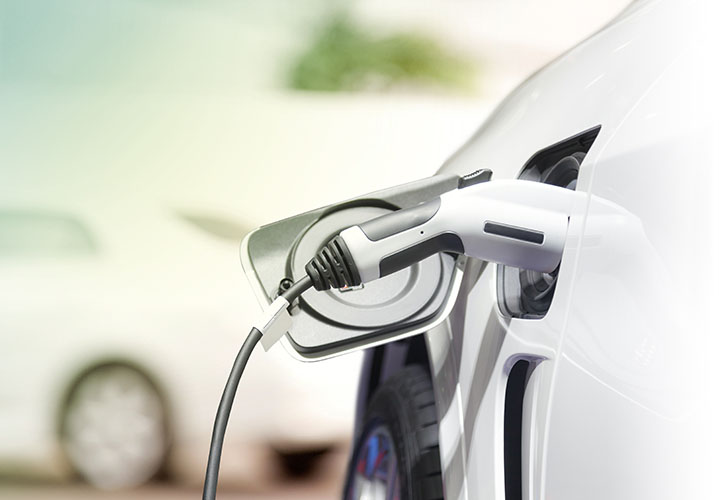So-called “range anxiety” is one reason why many have held off joining the electric vehicle revolution. The fear of running out of power miles from a charging point (or being within range of a charging point only to find it is out of order) is still causing many to run their petrol/diesel vehicles a little while longer (and so bear the rising cost of fuel prices).
On 25 March the Department for Transport (DfT) published its “manifesto” setting out how it will assuage those with range anxiety to develop the electric vehicle charging network to meet its green objectives. “Taking charge: the electric infrastructure strategy” (available here), outlines the government’s vision for both near- and long-term investment for the rollout of electric vehicle charging infrastructure within the UK.
For those who suffer from “range anxiety”, the strategy document is something of a therapeutic read. It follows the Law Commission of England and Wales and Scottish Law Commission’s joint report on automated vehicles published on 26 January 2022 (here). Whilst that report felt very futuristic in outlook, the positive tone of this publication, noting the near-term deadlines by which changes to the EV infrastructure are to be made, gives the reader the sense that change is happening. But if change is to happen, it will need to happen quickly.
Committing to spend £1.6bn, the overall plan is to expand the UK’s charging network while also improving customer experience and charge points. With the sale of new petrol and diesel vehicles ending by 2030, the DfT has pledged to make 300,000 convenient, affordable and reliable public charge points available in the same year. Currently, there are around 29,600 public charge points in the UK, of which over 5,400 are “rapid” (meaning they are able to charge an electric vehicle in around 30 minutes), serving over 750,000 plug-in vehicles.
Although the report notes that “the decarbonisation of UK road transport is accelerating at an astonishing pace and the UK is in the vanguard of this change”, it is acknowledged that the rollout has been slow, recognising that public charging has been letting people down due to poor customer service, complex access regimes and excessive charging costs. The new plans intend for the vast majority of drivers to charge their cars at home overnight; while outlining the need for more and better public charge points for two main purposes: accommodating long distance journeys and to support those without off-street parking.
Plans to “deliver the vision” involve accelerating the rollout of high-powered chargers on the strategic road network through the £950m “Rapid Charging Fund”; and on-street charging will be transformed by putting an obligation on local authorities to develop and implement local charging strategies. This will be done through the £450m “Local Electric Vehicle Infrastructure” (LEVI), fund designed to encourage innovative approaches to deploying local charge points at scale, including development of new models and creating a balance of high and low power charging stations.
A pilot scheme for the LEVI fund has been launched which will allow local authorities to bid for a share of £10m in funding, allowing selected areas to work with the industry to boost public charging opportunities.
Transport Secretary Grant Shapps has commented on the plans, saying, “No matter where you live - be that a city centre or rural village, the north, south, east or west of the country, we're powering up the switch to electric and ensuring no one gets left behind in the process. The scale of the climate challenge ahead of us all is well-known, and decarbonising transport is at the very heart of our agenda.”
The plans to decarbonise transport will support the government’s ambition to achieve net zero emissions by 2050. Transport is the UK’s largest emitting domestic sector and, according to a 2021 report by the Department for Business Energy and Industrial Strategy, 91% of UK transport emissions come from road transport. The typical battery electric car is estimated to produce only a third of the greenhouse gas emissions of an equivalent petrol car on a lifecycle basis, and developers are predicting that emissions savings compared to petrol cars will rise even further as manufacturing advances.
The government’s target of over 300,000 new charging points looks to increase the number of charging points to almost five times the equivalent number of fuel pumps on the roads today. This appears ambitious, but as others have commented, if the UK is to achieve net zero by 2050, rapid development will be necessary.
These changes are likely to have a significant impact on local authorities, landowners, landlords and employers (to name but a few), as the take up of EV’s increases and the public’s expectation of a more expansive charging network grows.
Please contact the Stevens & Bolton team if you have any questions relating to the impact the charging infrastructure may have on your business.

 Sarah Murray
Sarah Murray